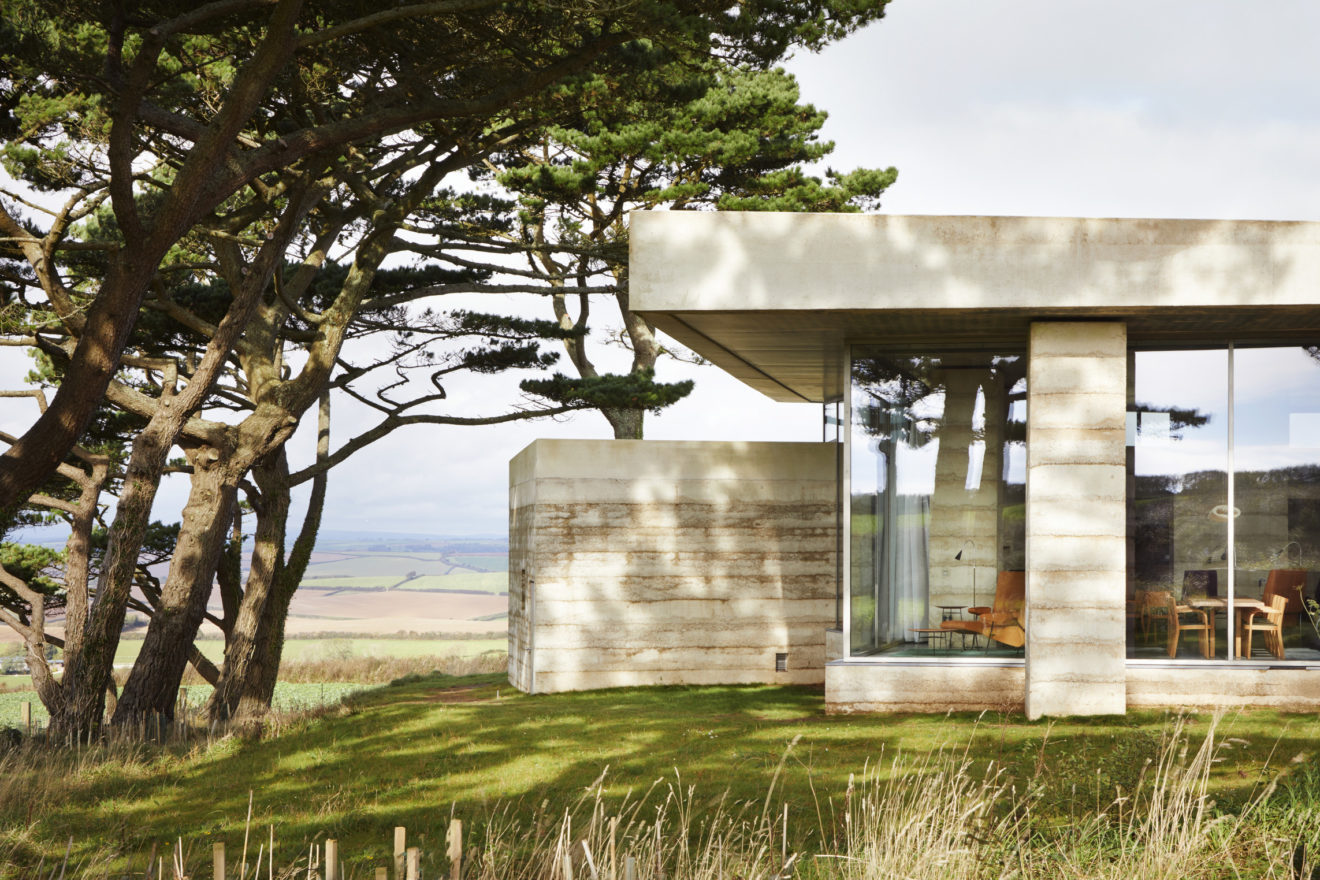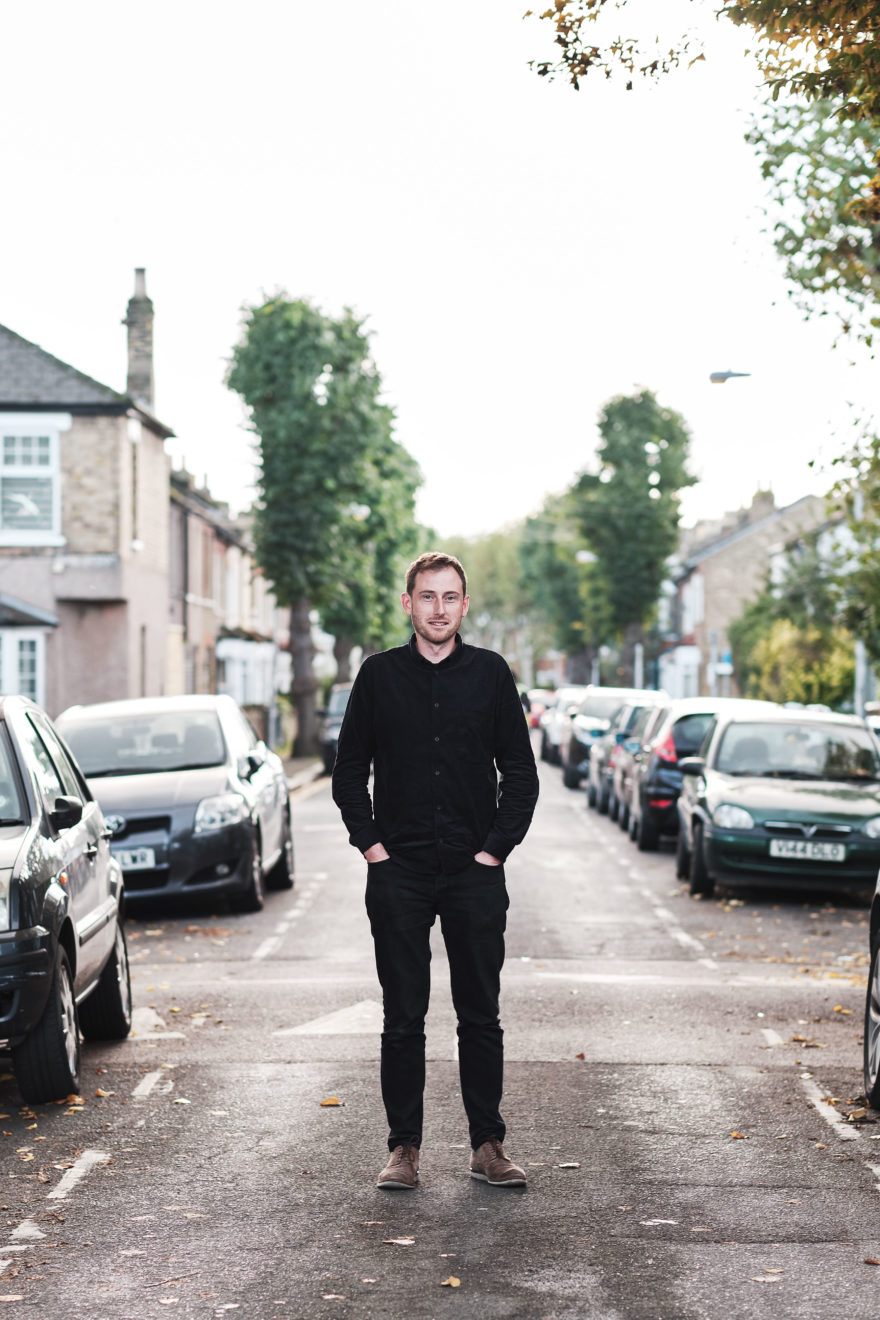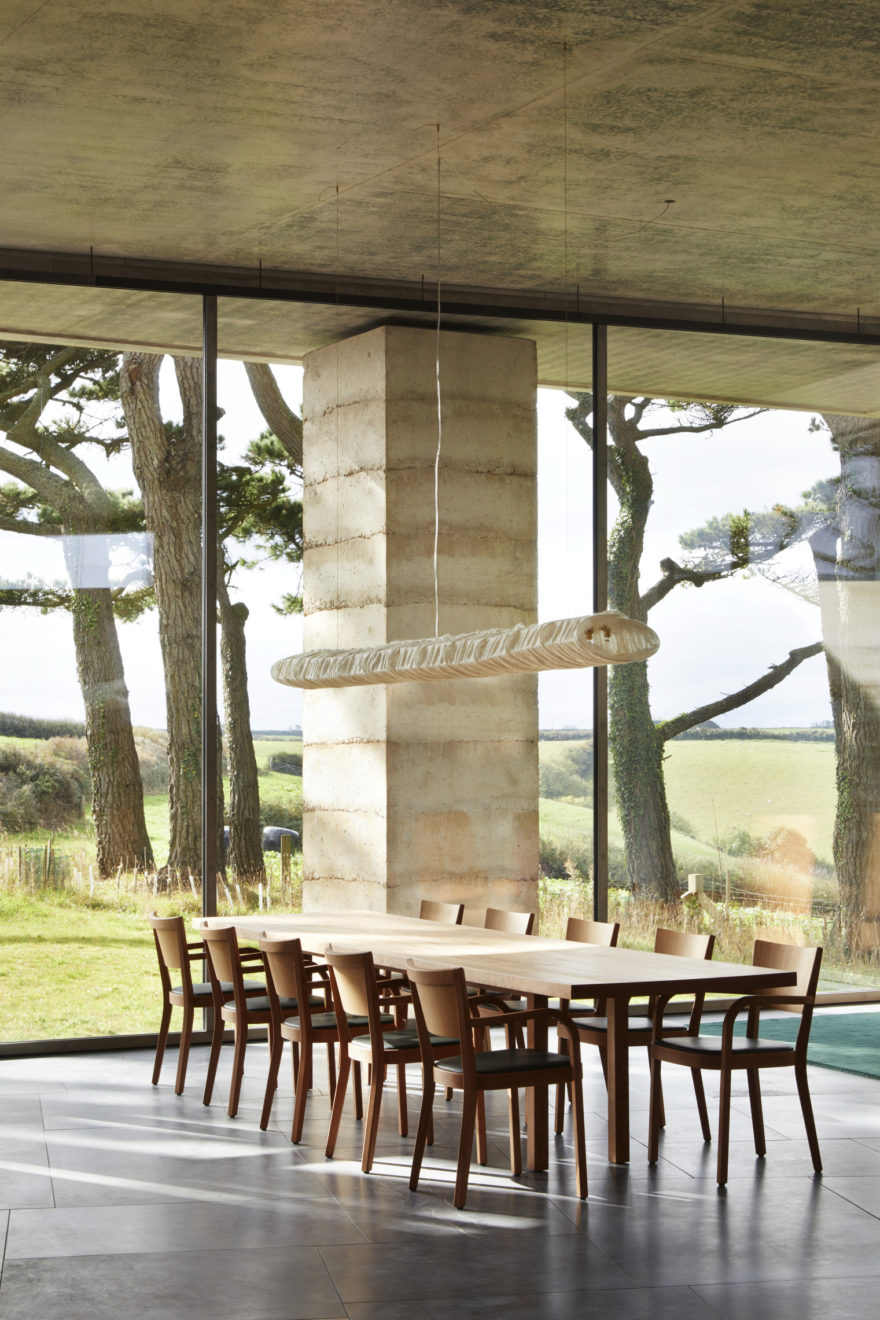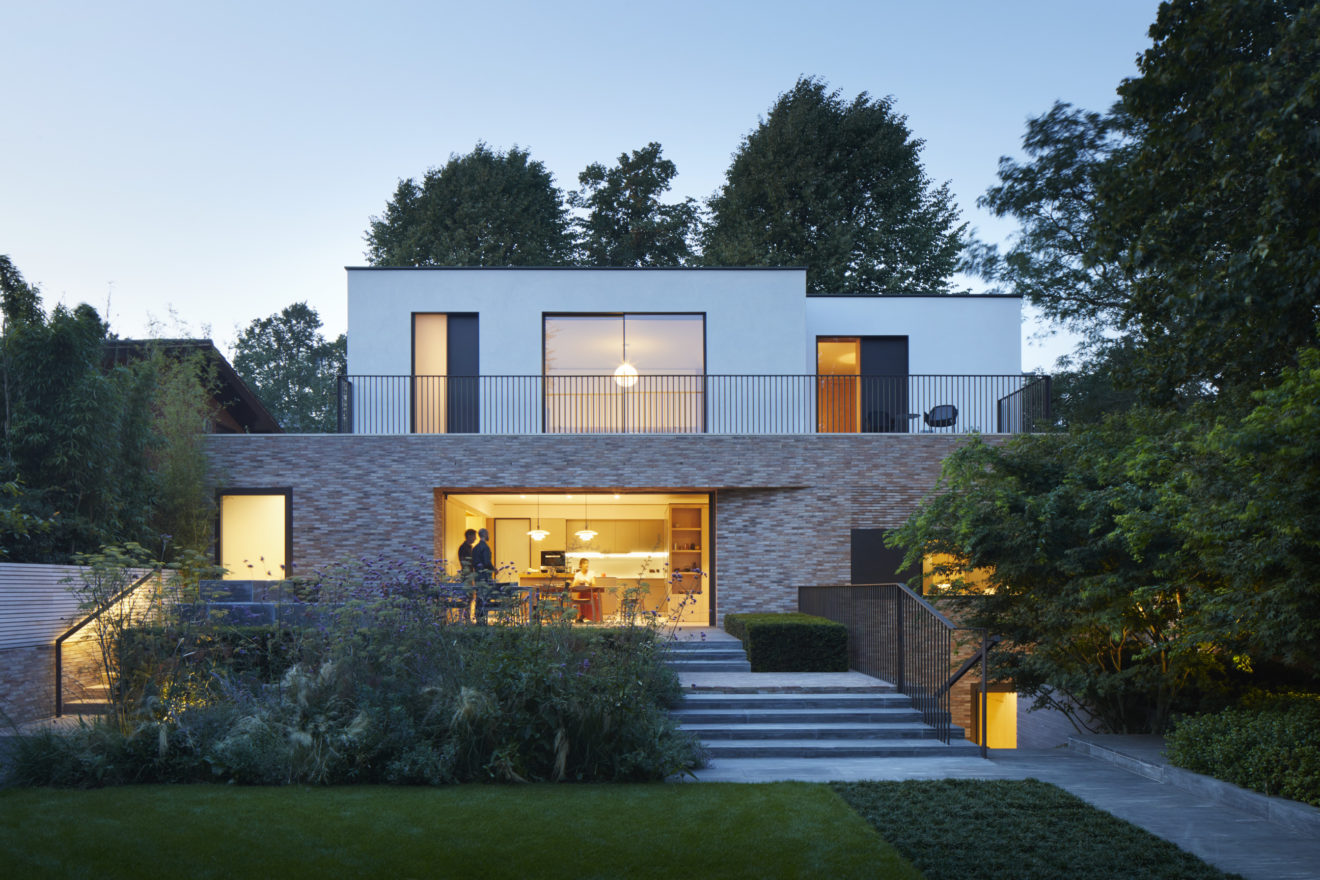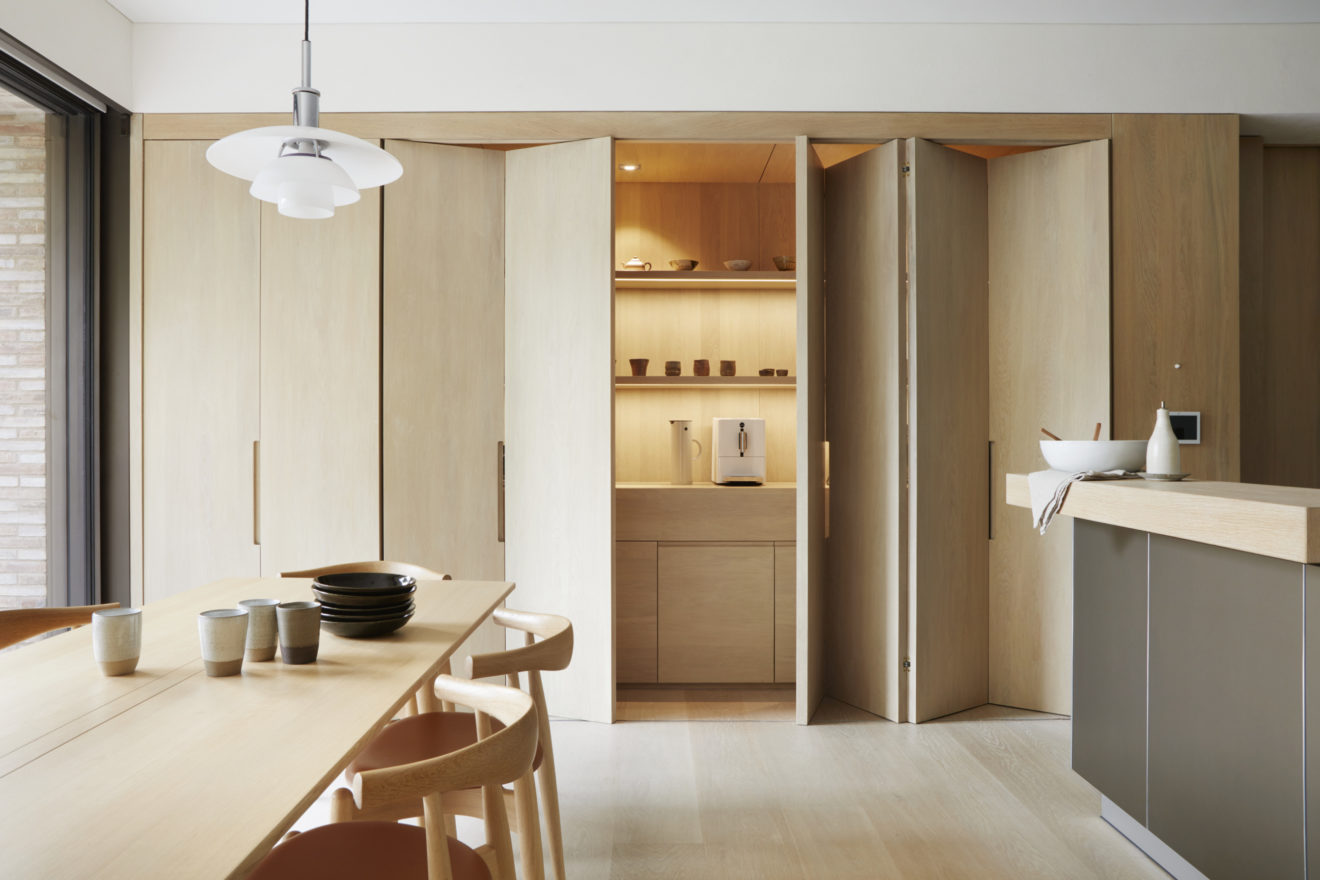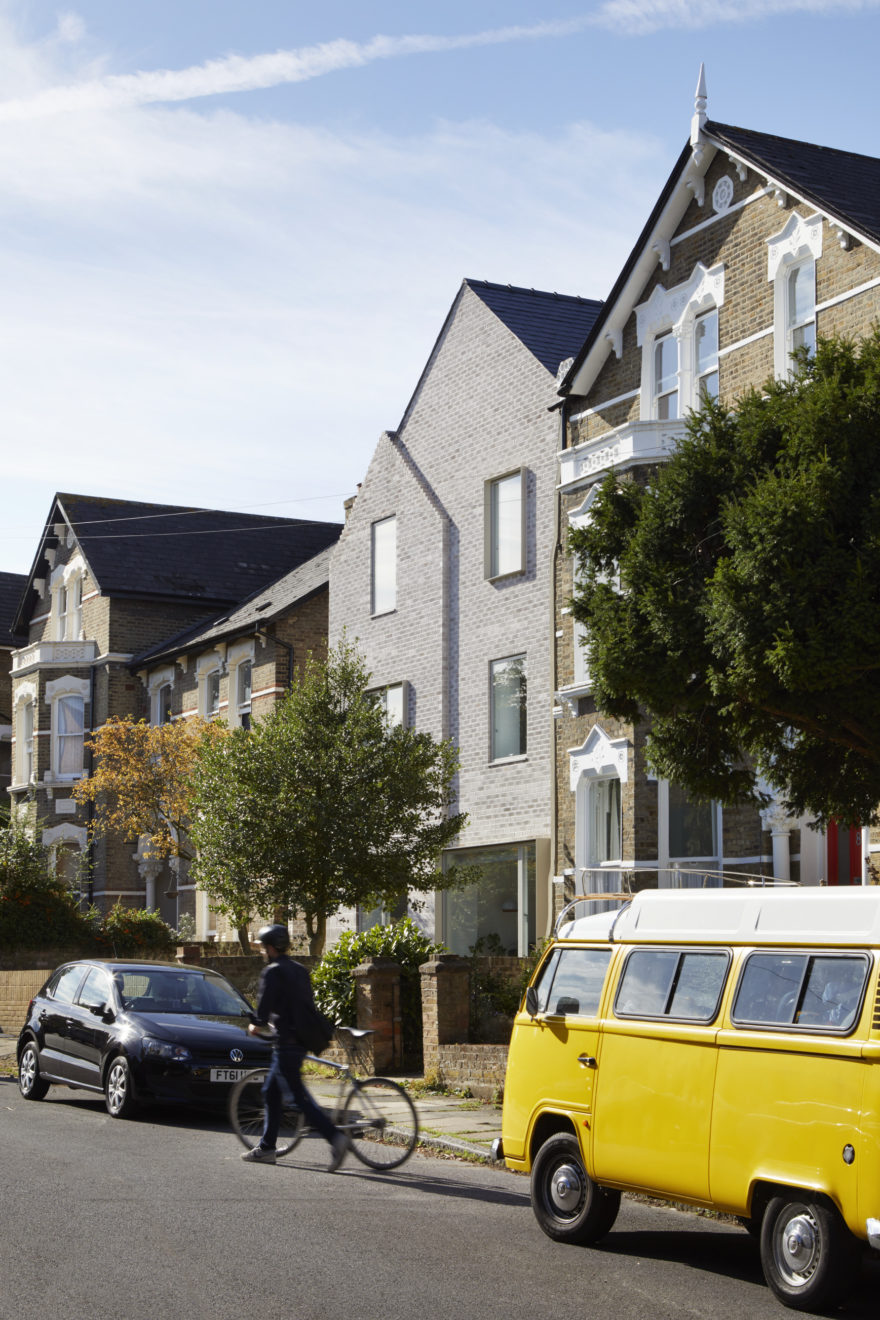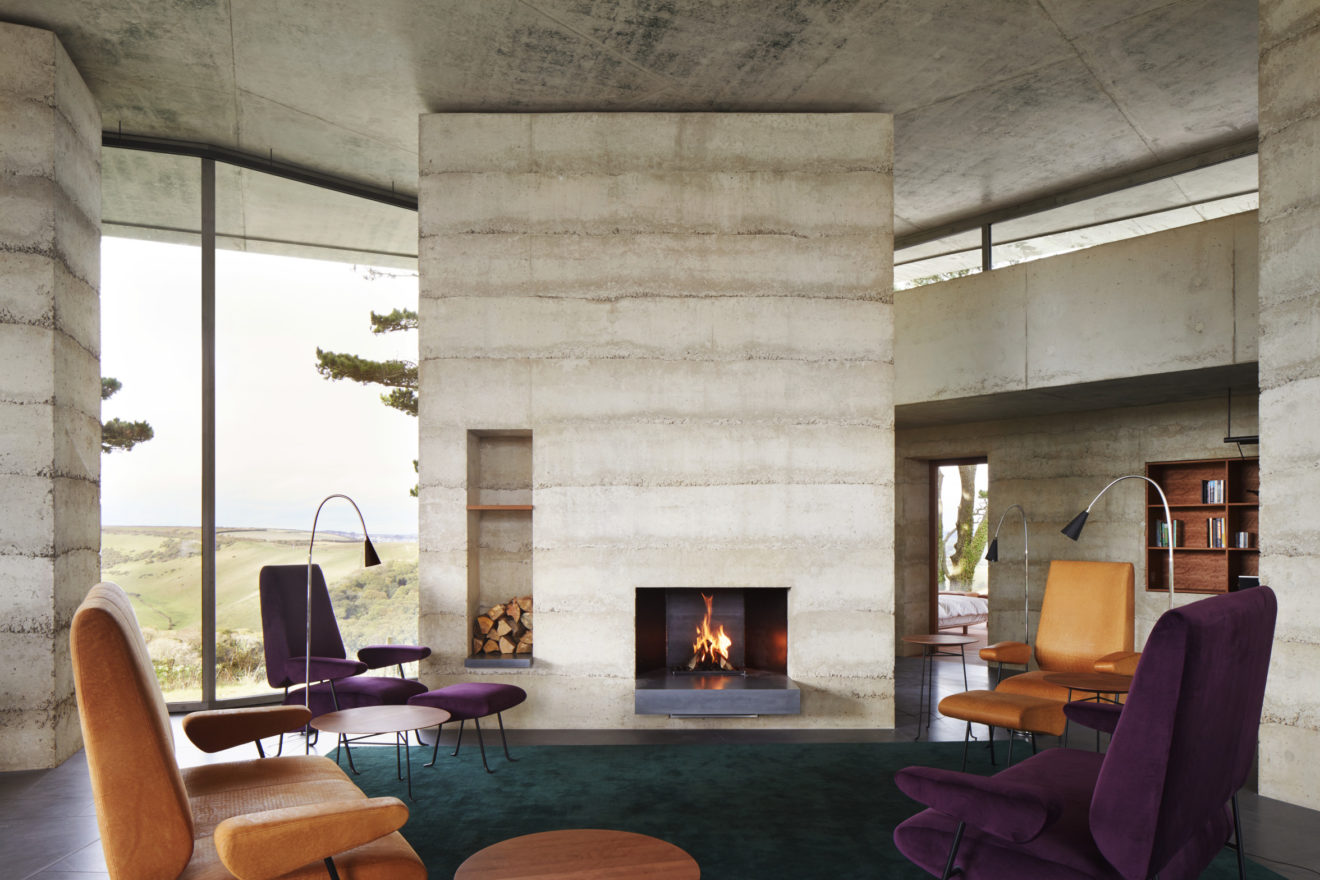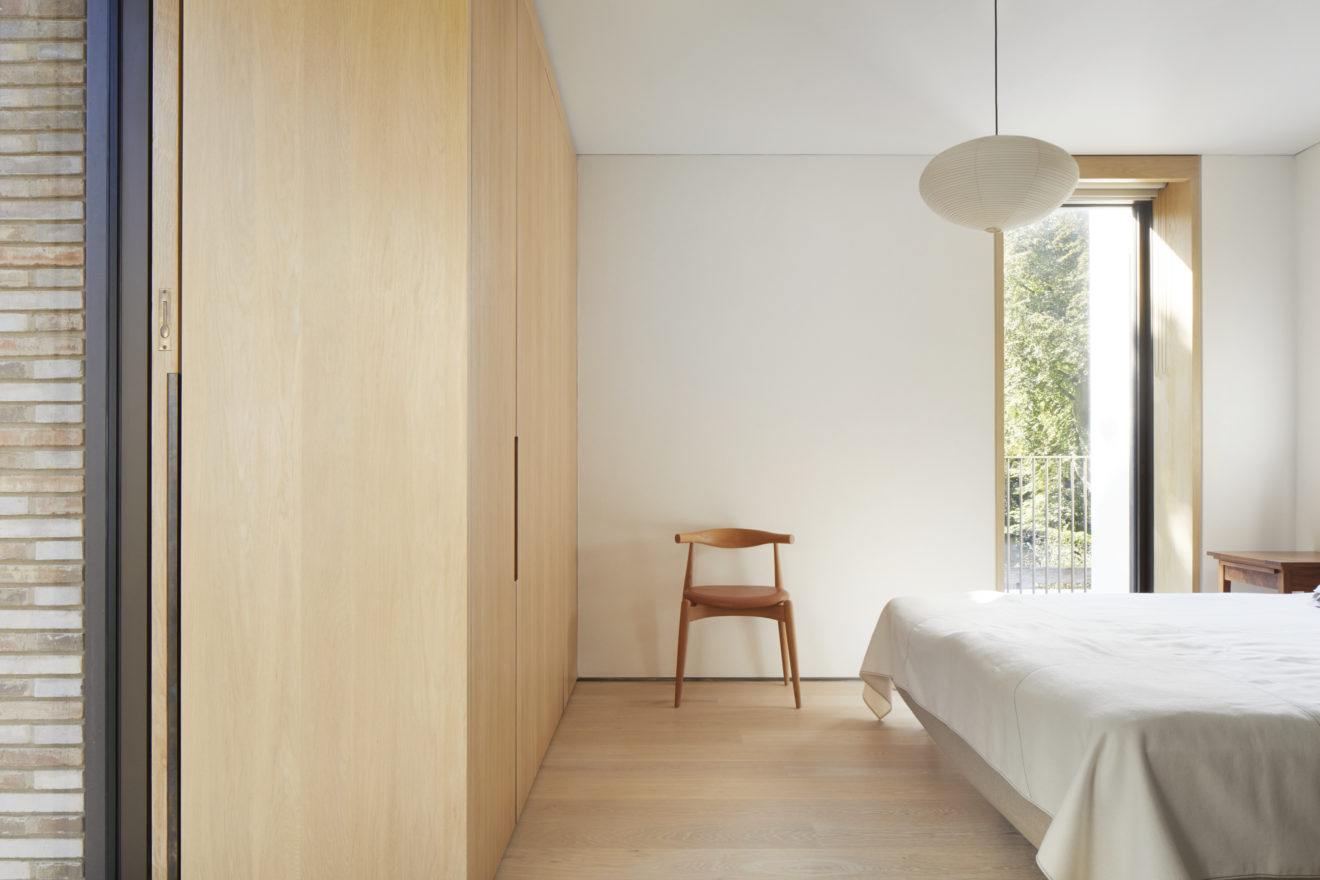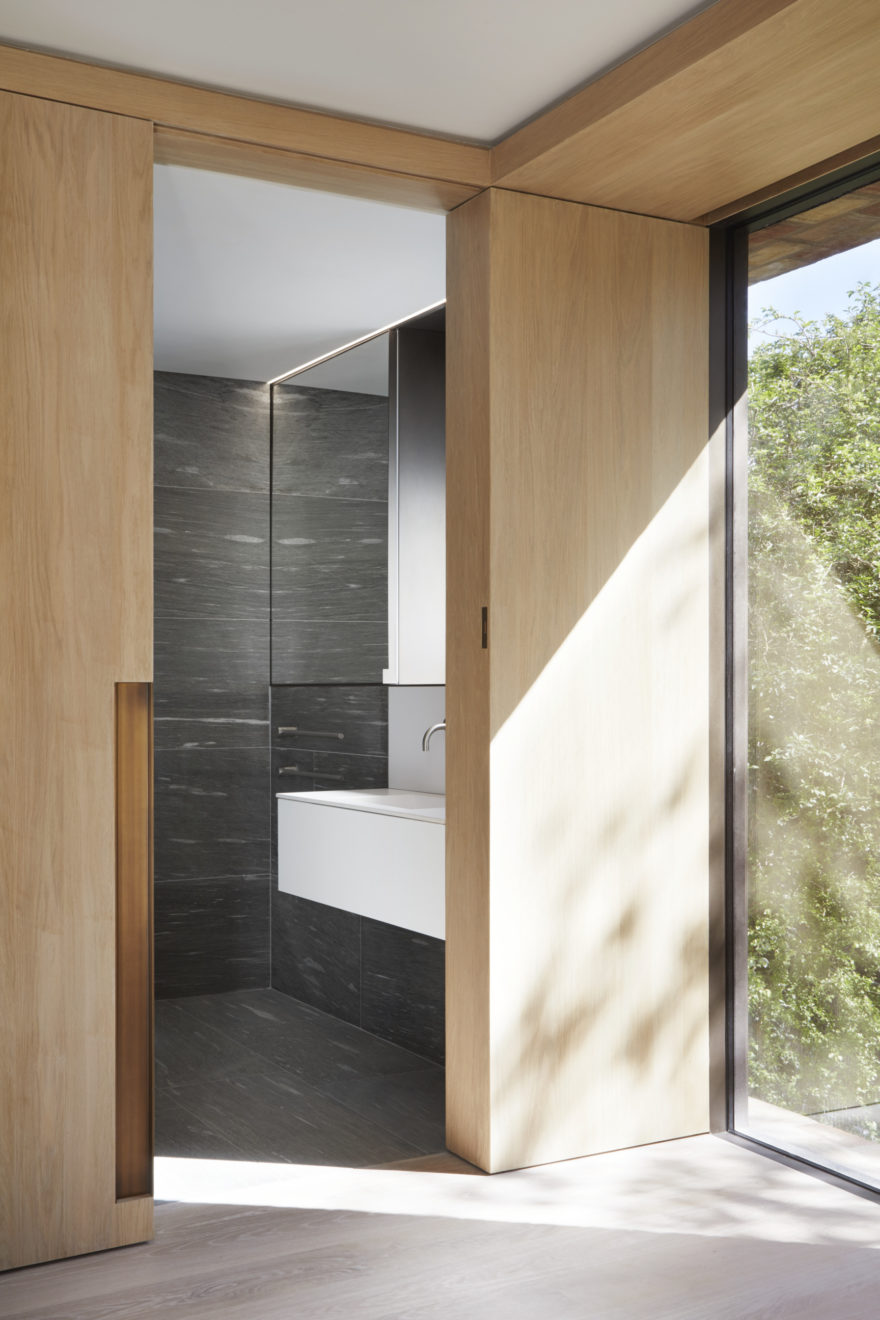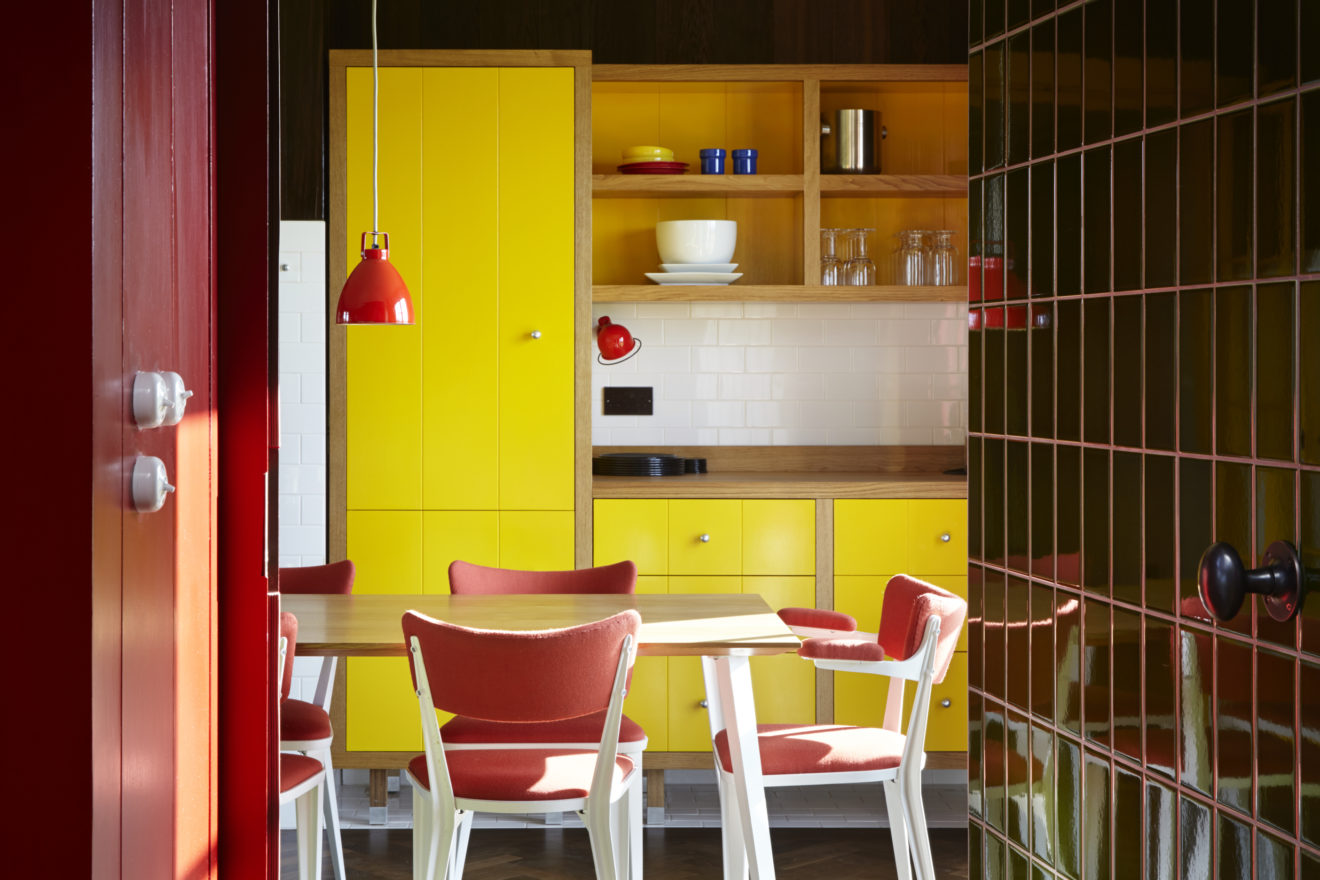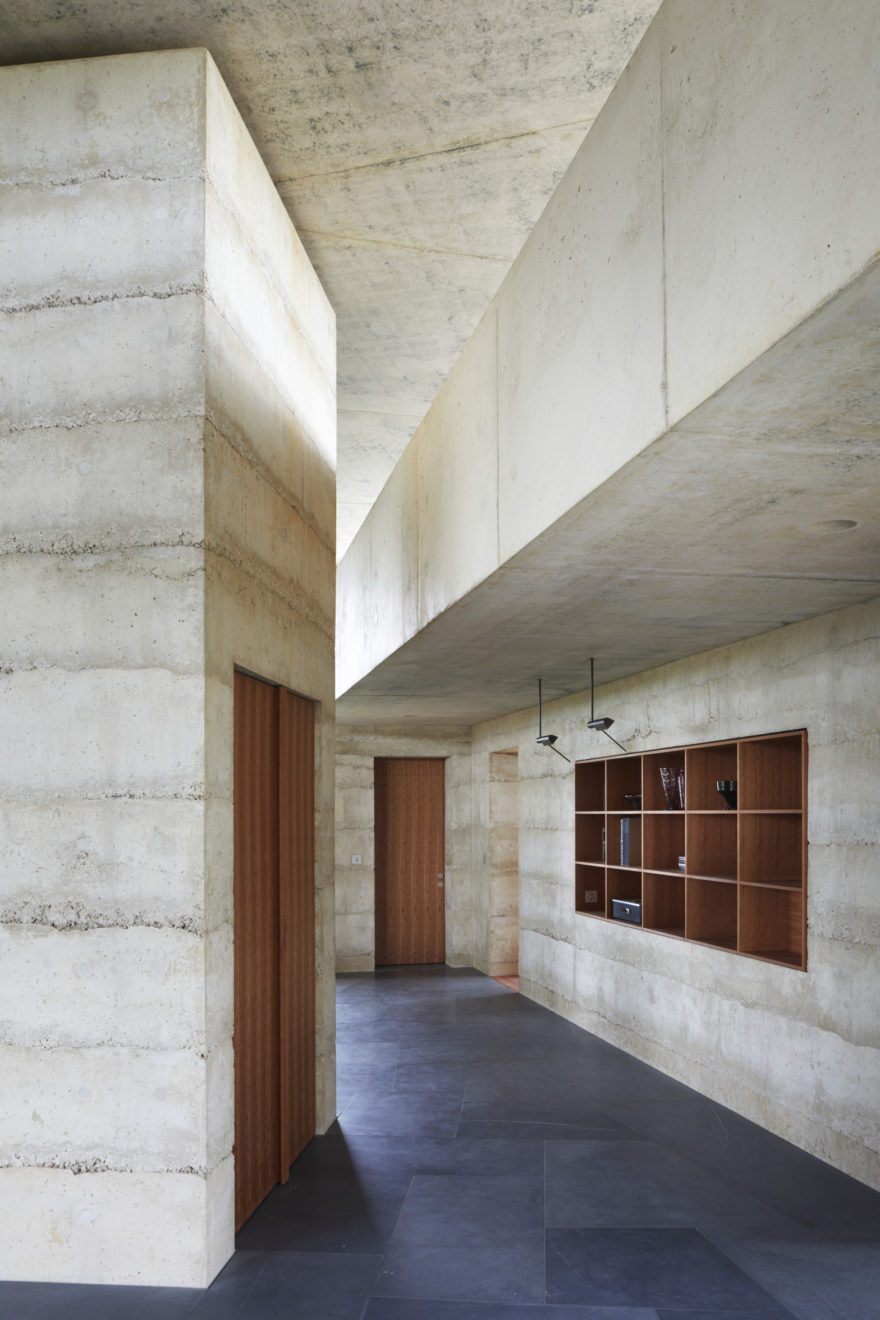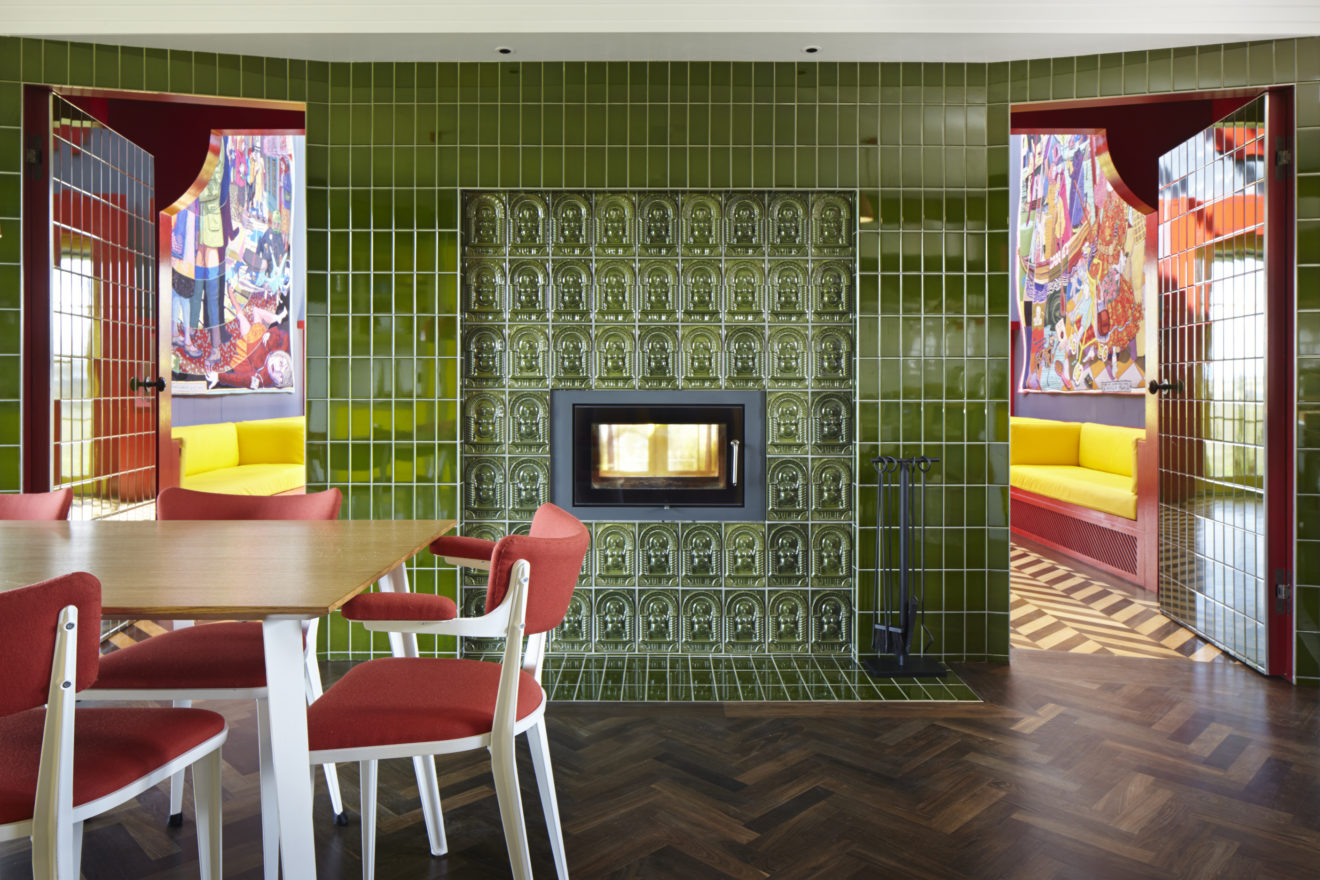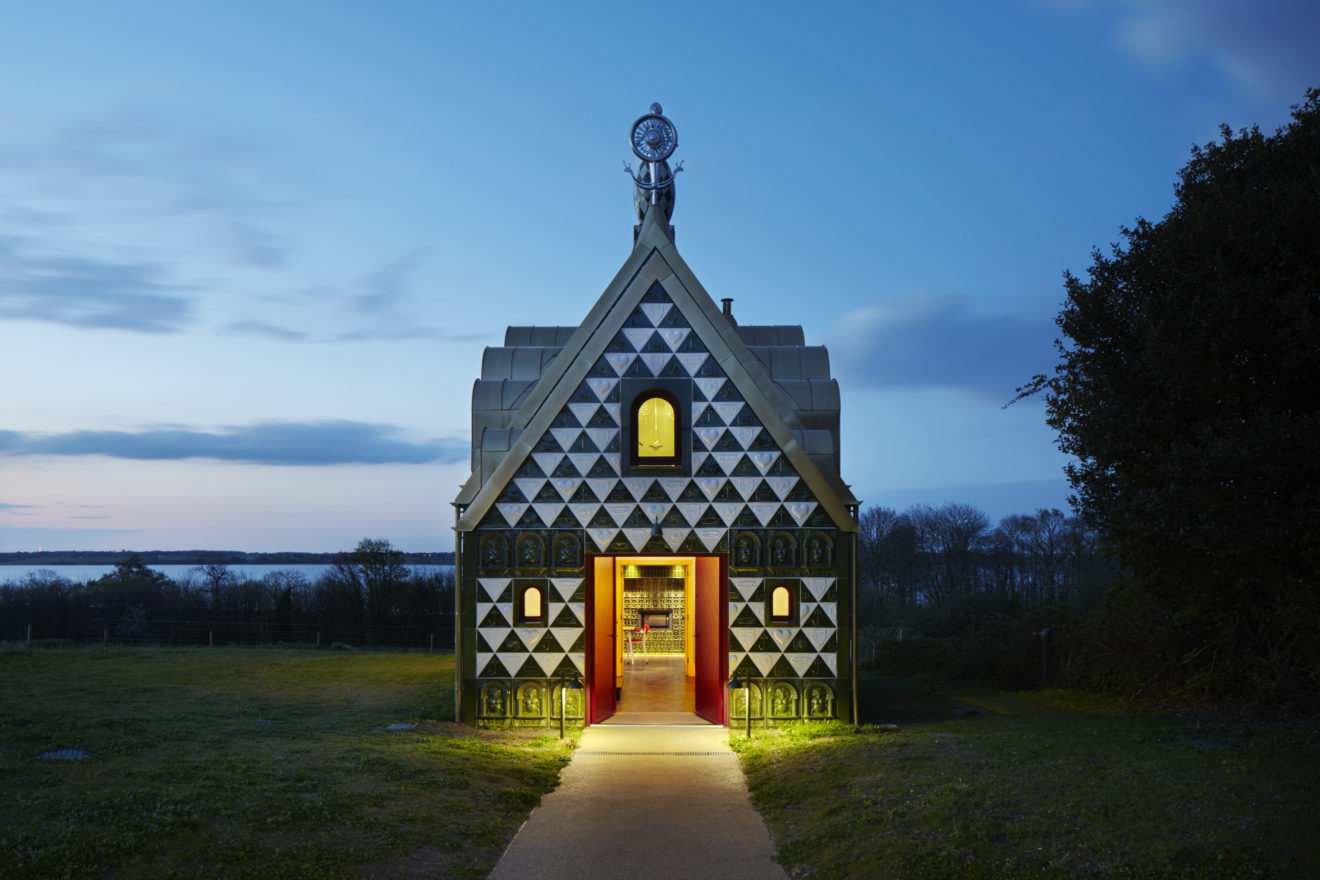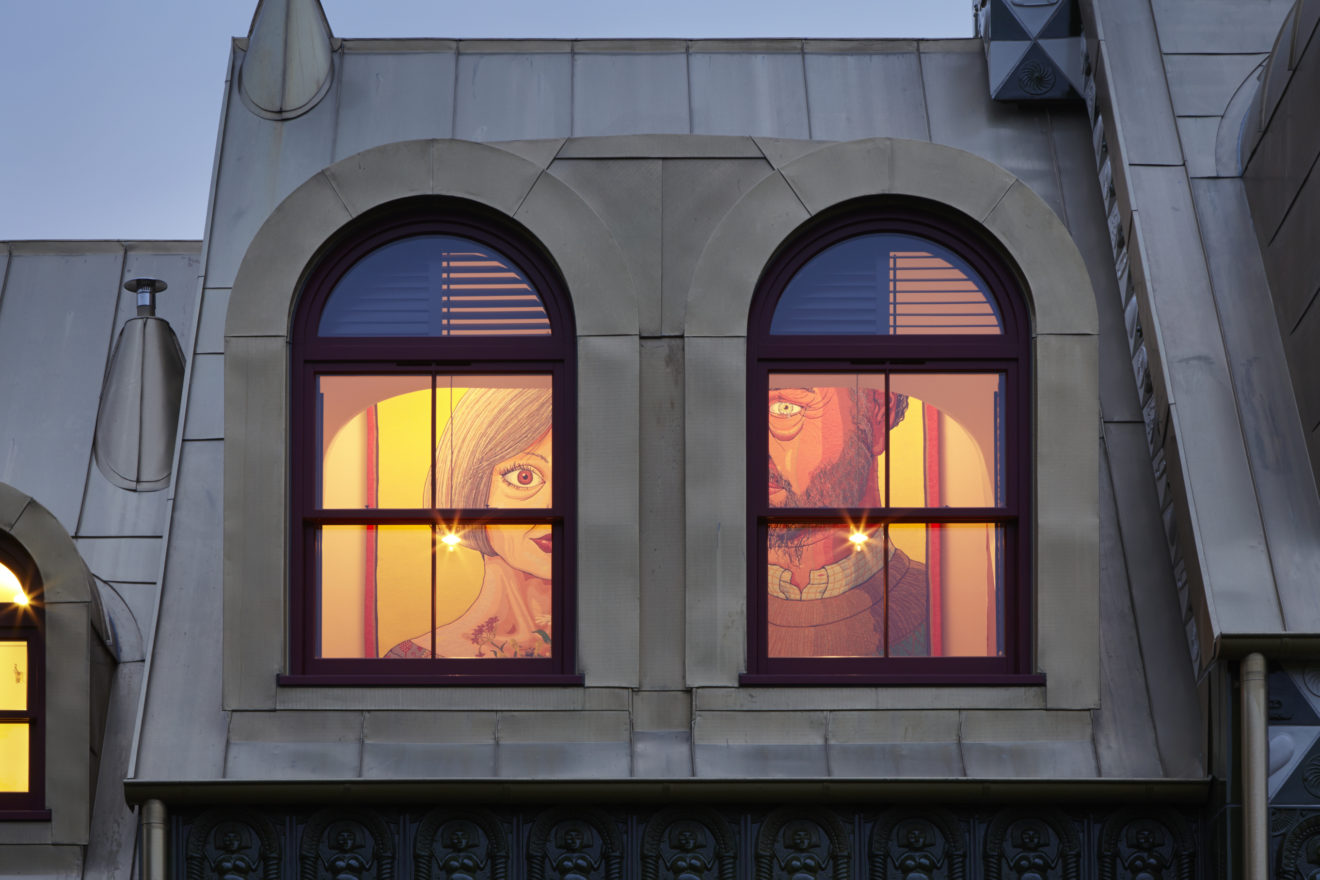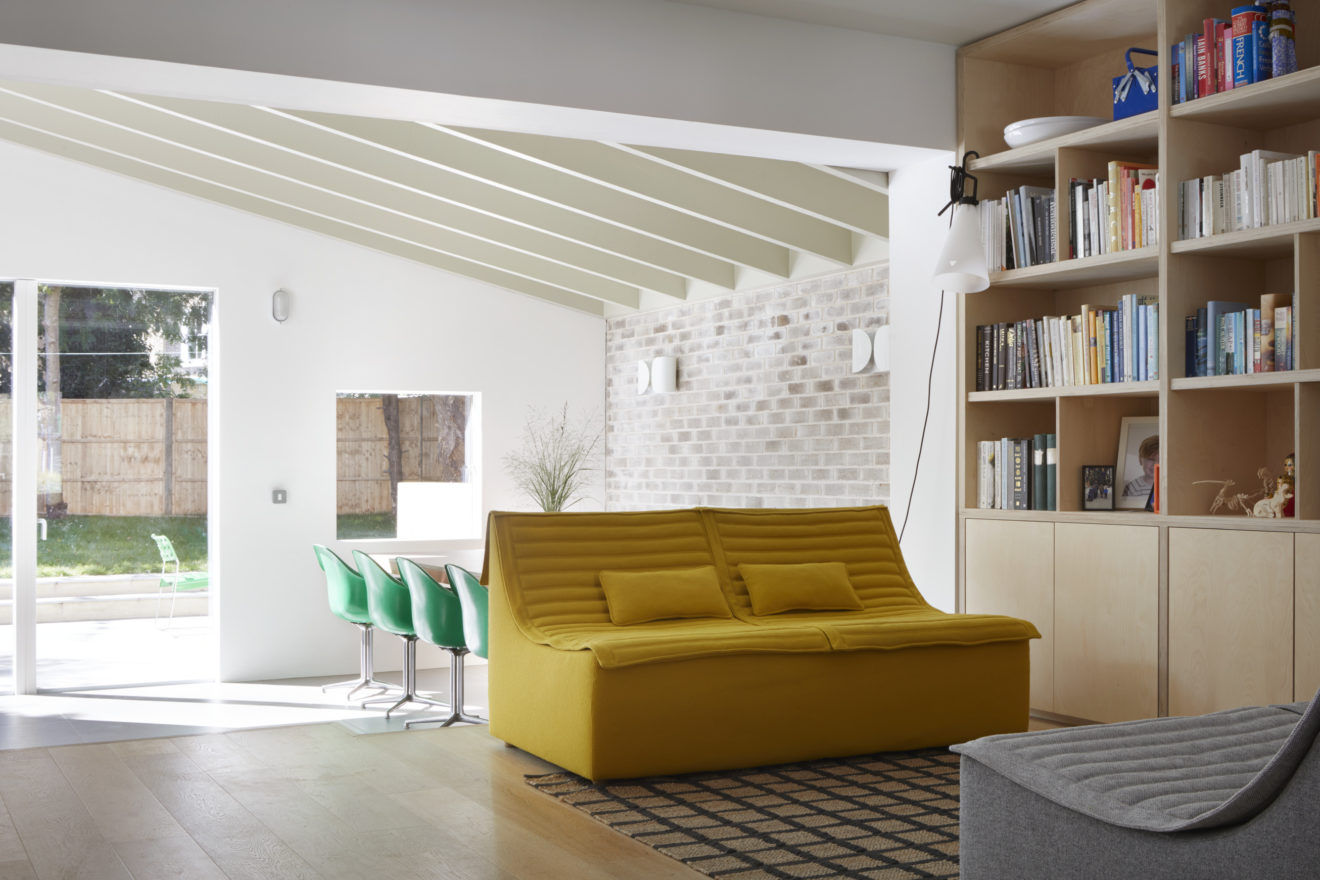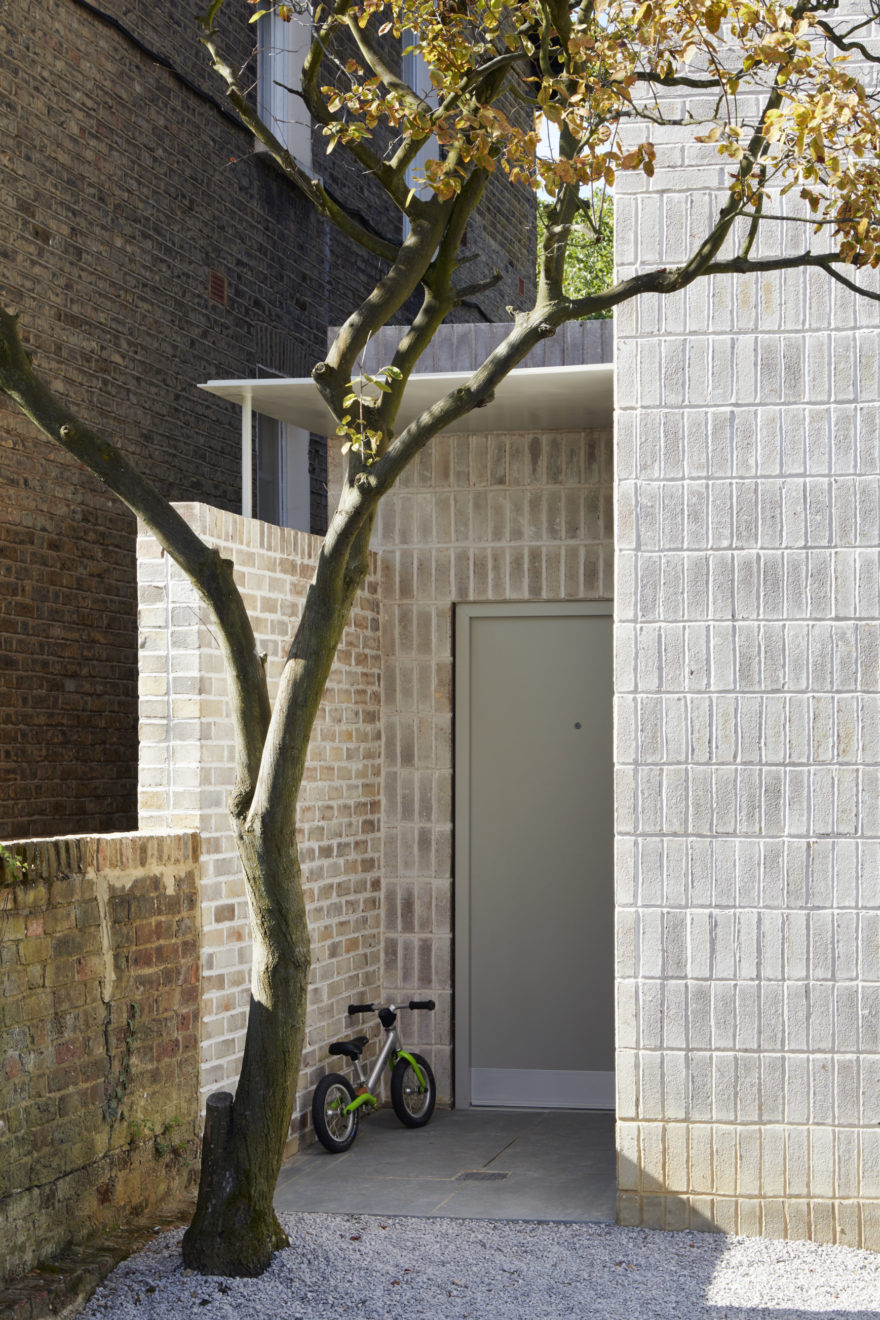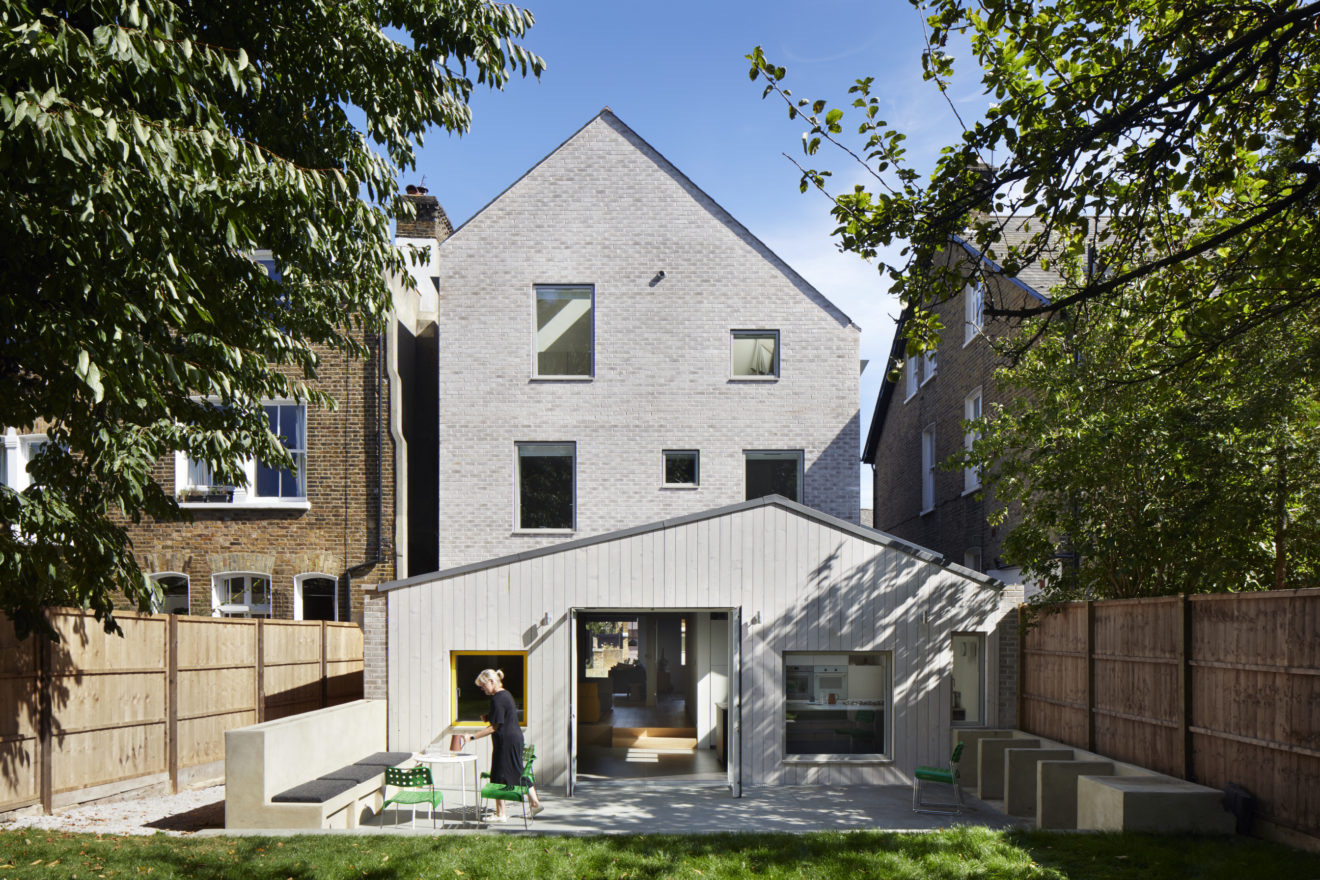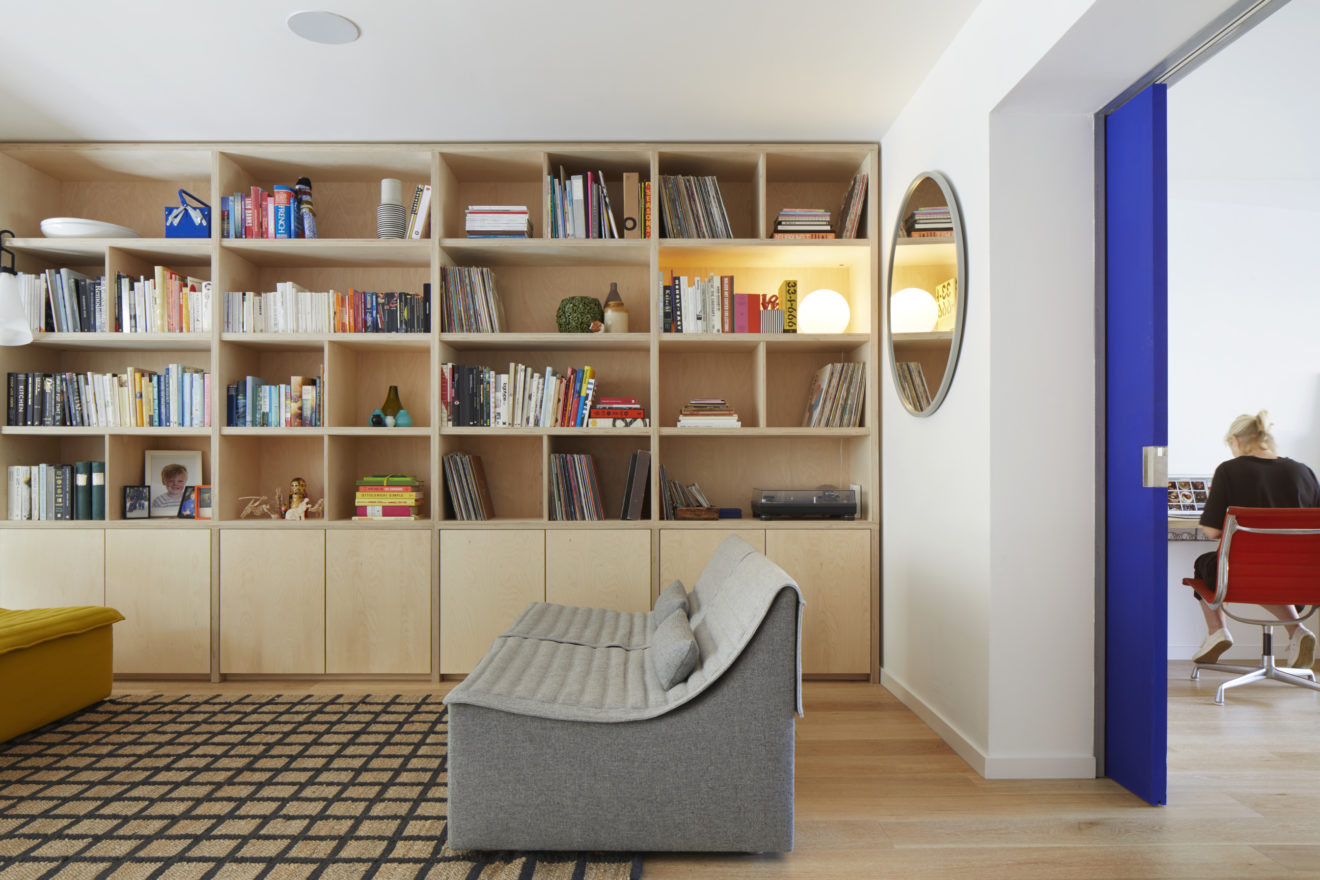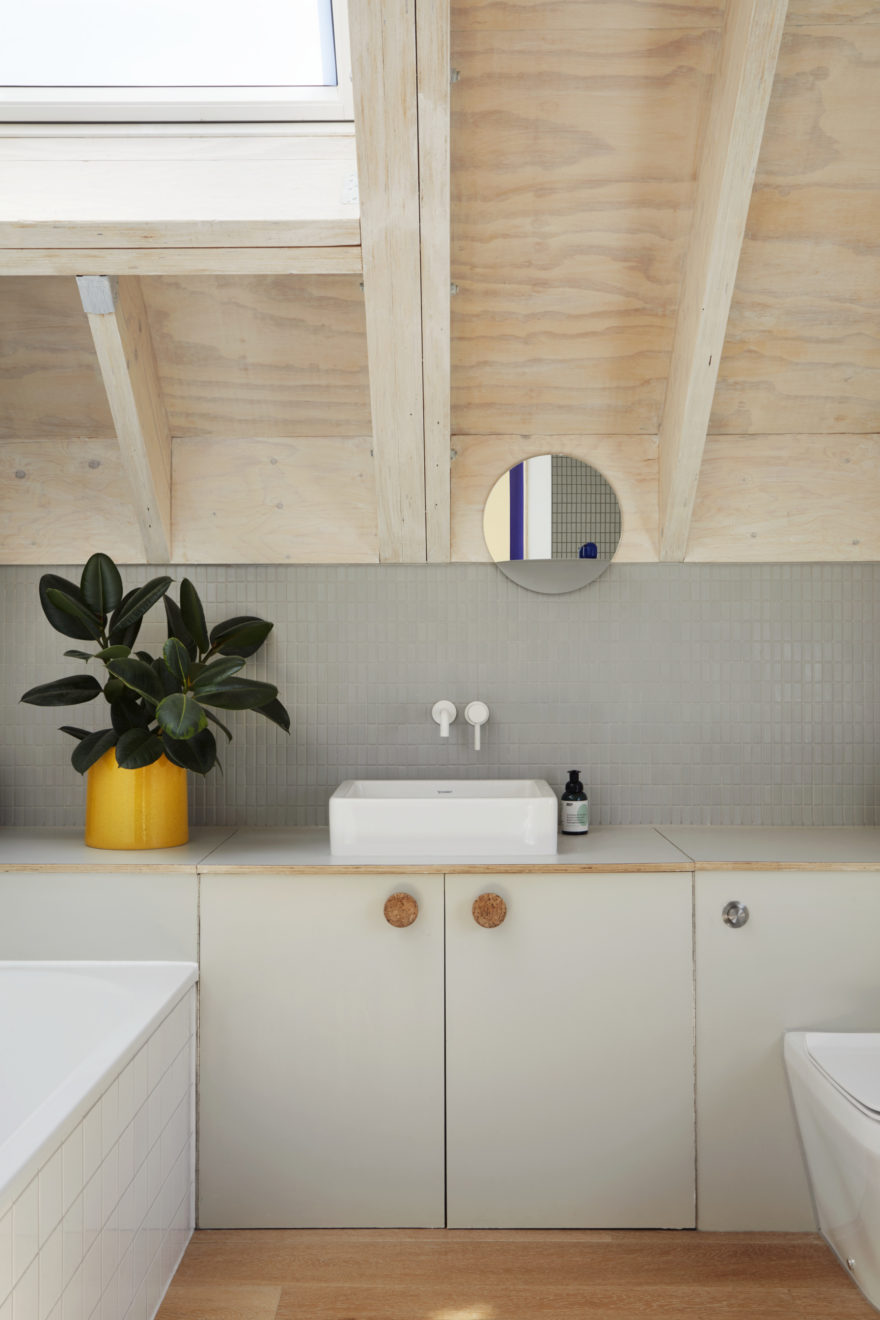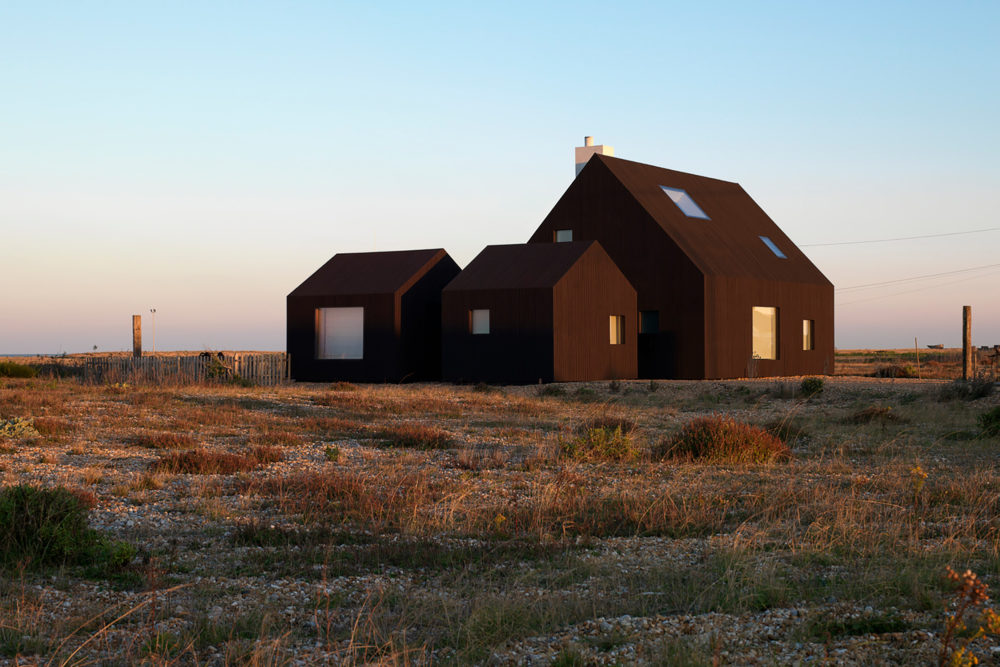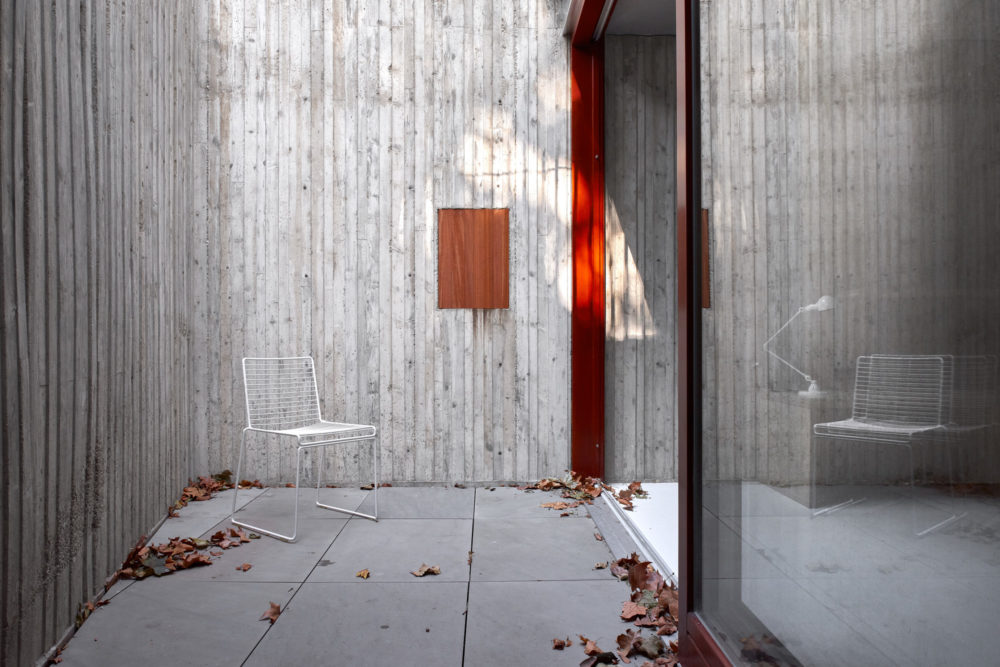Jack Hobhouse
Next in our new series of interviews with architectural and interiors photographers, we meet Jack Hobhouse, a photographer who has shot many prestigious and ambitious buildings and homes including Grayson Perry’s A House for Essex, The Coal Office by Tom Dixon and Salters Hall, plus several impressive residential projects such as Secular Retreat and Fleet House. Jack is a favourite of ours because of the clarity and detail across his imagery. We discover who has been the biggest influence on his work and the importance of conveying an architect’s vision.
I try to find life and colour in a building but then combine that human aspect with rigorous framing that reflects the way architects might draw and imagine their projects. I also work hard with retouching to overcome the shortcomings of the camera and present the building as it would appear if you were standing in front of it. The human eye/brain is so good at balancing exposure and colour, even correcting perspective. The camera still has many failings, so I use multiple exposures and other techniques – but without ever going too far towards a CGI type image. Polished, but not over-polished.
I try to include people as much as possible – to bring the building to life. I like creating a contrast of having a populated, colourful space, against orthogonal architect’s elevations. I find these days I am probably spending twice the amount of time on retouching than on the actual shoot. I go through the process of layering up different exposures and, if necessary, different colour balances, and then finally pop quite a lot of contrast on at the end. I think it’s possibly the contrast that brings the clarity to my images – you can see the detail, but there’s still a punchy image. Essentially, I am attempting to overcome the shortcomings of the camera and trying to give you an honest image.
I might use up to eight different exposures. So, I need a very sturdy tripod to enable me to process raw files of each image. I will also carry out one external shot where I’ll stand there for 20 minutes or so, taking pictures as interesting looking people pass by. I’ll use the original exposures to put together the perfect shot, wiping all the people out of each layer. Then I will drop in the right people towards the end.
I suppose they are, in a way. When I look back at older pictures, I can see a real difference. I’m still learning, always learning.
My mum was a photographer and had a small darkroom in a cupboard at home. Later, as a freelance assistant, I learned a huge amount from many different photographers (fashion or still life/advertising) – although I never worked for an architectural photographer. I’d single out Dan Kennedy, who is a fashion and celebrity portrait photographer. He was always very open about the ins and outs of running his business, finances etc., and we still meet up now for photo chat (although not exclusively photo chat!). We’d spend hours in the car travelling to and from shoots and I’d just learn so much.
After assisting for seven years, I realised I needed to take the plunge – even though I felt I was still learning. But you can never learn it all, at some point you just have to jump. I was working for an American guy who happened to have an agency in Europe, but I’d go and assist him on projects in the US sometimes. I was over in Miami on a shoot with him, around the time that the Herzog & De Meuron building had just gone up. And I remember getting to the end of his shoot and borrowing his camera, actually, and heading down there at dusk to just take some shots – before I got kicked out by security. But that was enough to put on the website and that was what got me my first few jobs. I think it was that and my first daughter coming along – which was quite motivating.
It was a struggle to get started – as I knew it would be. I set up a website with a few projects on it and I knew that I wanted to specialise in architecture (I’d studied it for three years before I started photography). The role of assisting a fashion photographer was really fun, but I knew it wasn’t for me. I went to the RIBA database online and looked through pages and pages of PDF documents of the architects registered in different areas and copied the email addresses – 700 in and around London – and emailed them all. I think I managed to get about five responses out of all those emails. One of them was Project Orange and I went in to meet them before they asked me to do a shoot for them in Sheffield – which got quite well-published and led onto other work.
Peter Bialobrzeski. I love the work of large format photographers who go out, often over the course of years, to make epic personal projects. Also, Joel Sternfeld and Nadav Kander. Lovely, detailed, contemplative images. The jobs I get excited about photographing are ones that are in amazing landscapes.
Peter Bialobrzeski – Heimat. Calming, wonderfully composed scenes, with perfect subdued light.
First – Pentax P30
Current – Canon 5d Mk iv
Favourite – Canon 5d (Mk i) with 50mm 1.4 lens. This was a game-changing camera as digital suddenly became good, and affordable. I still use this a lot for photographing my kids, taking on holidays etc. It has developed a slight softness and always renders colour very flat, which gives it a vintage, filmic feel.
I’d like to record housing estates from around Britain, there are some amazing recent examples of whole estates built in pastiche styles and also often built in unenviable locations, such as those right next to motorways. This would partly be about highlighting the failings of the way we build houses in the UK, but it also says a lot about the tastes and priorities of Brits.
Yes. That’s good, right? I’d not thought of it that way.
Don’t worry too much about getting any formal photography qualifications – I don’t have any – just get out there and work for as many photographers as you can. Ultimately, whatever photography you get into when you’re assisting doesn’t matter – as long as you’re one step ahead, anticipating what the photographer is going to need next. Even if it’s a photographer not working in the same field as you, there’s still so much you can learn.
A House for Essex, the Living Architecture project by FAT and Grayson Perry. I met Grayson briefly, then had 24 hours at the house alone which was at times creepy, but a dream to photograph because it was such a visually crazy project. The weather changed in a really great way. I got to fully experience the building. The whole experience and the shots that I got make it my favourite.
In many ways, large, sterile projects can be made more human by emphasising details and focusing on activity and human experience. Conversely, small projects can be made to look more impressive with carefully composed, heroic shots – which might help a practice build its profile. And with an effective brief, photos can focus on 50 elements of a scheme that may not be immediately obvious, but which are an important part of the ‘story’ of the building.
It’s paramount. It’s the main purpose of the set of photos. Sometimes I visit a site prior to the shoot, more often I ask for a site plan and latest site photos. By using Street View and online sun-path tools, I can usually establish whether it’s particularly important to start early, and give me an idea of what order to shoot the building in.
As far as the uses of the images, what I now see and understand is that initially, architects are keen to do a press release and to have the building featured in blogs and magazines. They’re looking for a response, to get admiration and to raise the profile of the practice. More often, the value of the images in the future is using them in bids for other work. And that will be the most important thing going forward – presenting big projects looking their best. The photos really need to back up the very carefully worded press release and what the architects declare about the design intentions for the building, what’s special about it and what they were trying to achieve. So, I make sure I’m briefed on the story of the building. Because that can guide me into what to shoot and what to focus on.
I love books! I think people will always like books. Exhibitions have a function as a space for people to gather and discuss projects in real life, as opposed to online. It’s a place to bring people together to talk about stuff in a room – it has a social function. I’d love to do a book one day.
Amin Taha is my favourite architect. His recent buildings in Islington, Stoke Newington and Clerkenwell are all corkers. I always get excited to shoot buildings that are in amazing natural landscapes, so I’m hoping for some commissions in the Faroe Islands or Greenland soon! Somewhere with a remote landscape would be my dream.
See Jack’s work on his website, here.

